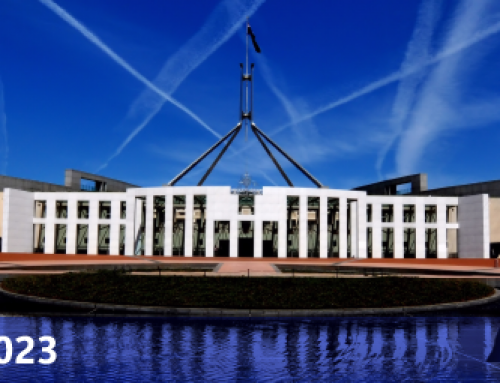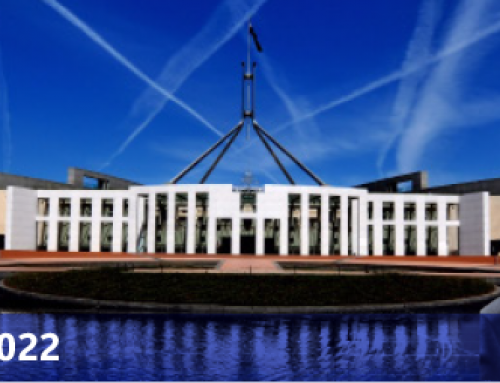In 2017, we experienced a relatively benign year for investors with diversified portfolios. Returns were solid, with the typical Balanced super fund returning about 10% and volatility was low. So coming into 2018 confidence was high. But what transpired was an increase in volatility and in October and November, a strong correction in share prices that resulted in balanced portfolios struggling to breakeven. We can now look into to the rear-view mirror to explain why this happened:
- The US Federal Reserve (The USA’s equivalent of our Reserve Bank) increased interest rates four times during the year and markets became a bit spooked that the Fed would over do it. Thankfully, the Fed has subsequently indicated that rate rises are now on pause.
- The US Dollar rose. A rising US Dollar is a de-facto monetary tightening for the rest of the world and this particularly impacted developing countries.
- The US Trade war with China raised concerns about the potential for a new Cold War.
- With the exception of the US, global growth slowed.
- In Australia, tightening credit conditions and falling house prices weighed down bank stocks and expectations generally.
Outlook for 2019
Looking forward into 2019, most of the issues listed above still remain so we expect a continuation of volatile markets with subdued growth prospects.
So what should we do? Should we reduce our exposure to growth assets to avoid any volatility? The short answer is an emphatic NO! Volatility has been a feature of investment markets for many decades and is nothing new. The mathematical modelling that underpins the asset allocation strategy that we use for your portfolios incorporates this historical data and allows us to take a long-term view to portfolio construction that seeks to provide solid returns throughout the economic cycle.
The alternative, moving out of and then back into growth assets, requires that you consistently get your timing decisions correct, which is an impossible task. Evidence shows that more money has been lost in timing the entry and exit into growth markets than has been lost in riding out the inevitable downturns.
So, we can ride out volatility, but should we be worried about the potential for a recession? Our view is that a recession in 2019 is highly unlikely for the following reasons:
- The Growth drag from falling mining investment, post the mining boom is fading as mining companies start a new capex cycle.
- Non-mining investment and infrastructure spending is rising.
- With house prices falling and no inflationary pressure the RBA is highly unlikely to raise the cash rate.
- In fact, an interest rate cut by the RBA is now becoming increasingly likely.
- The Aussie dollar is likely to fall which, in turn, supports economic growth.
- The economic impact of the downturn in the housing cycle is likely to only detract 1 to 1.5% from growth estimates, which still leaves room for a positive GDP number.
- Finally, China will not allow a sharp downturn in its GDP growth due to the risk of social instability that might bring. It will ease credit and monetary policy so that growth remains in the 4% range. So there will still be strong demand for Australian resource exports.
Given that outlook, our recommendation remains one of sticking to your investment strategy and particularly, the asset allocation dictated by your risk profile, in order to achieve your financial goals.




